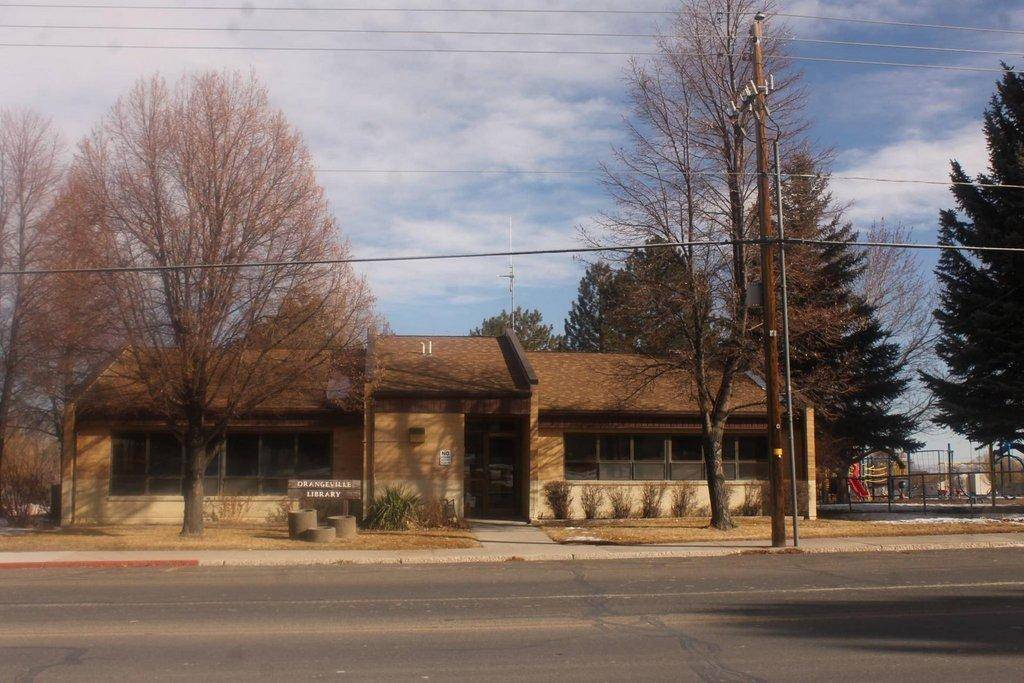By Julie Johansen
The Southeastern Utah Business Technical Assistance Center (BTAC) in partnership with Emery County intends to renovate portions of the BTAC building located at 375 South Carbon Avenue in Price, a portion of the Orangeville Library located at 115 South Main Street and a portion of the Green River Library located at 85 South Long Street. The purpose of these renovations is to develop coworking and innovative centers to aid in the economic vitality and development of the area by providing additional resources to the citizens in these communities.
The primary source of funding for these renovations is a result of recent legislation championed by Representative Carl Albrecht, which provides funding for the rural co-working and innovative centers grants through the Governor’s Office of Economic Development (GOED). GOED awarded the BTAC $147,371 of the originally requested of $193,400, making the BTAC one of four recipients in the state. Bids are currently being accepted for these renovations.
Improvements at the Southeastern Utah Business and Technical Assistance Center in Price will include updates to the lounge, board room, main hallway and atrium. The Orangeville and Green River libraries will house iHubs, which will include standing-height counters with three workstations, two desks compliant with the Americans with Disabilities Act (ADA) standards, cubbies/lockers and a fax/copier/printer.
The plans for the iHubs include just under 170 square feet, which is less than 7% of each library. The restrooms will be updated with new fixtures and flooring to meet ADA standards. Entrances to the coworking and innovative centers will be at the rear of each library, utilizing the existing exterior entrance. Plans also include improvements to the current reading areas through the addition of electrical outlets for charging as well as new soft seating. The project also includes improvements to landscaping, including the addition of concrete paths to facilitate better access to both locations as well as repairs to the facilities.
The iHubs will expand the ways libraries can serve the people in these communities. Through discussions with the librarians, Emery County Library Board members, and community members, it became apparent that there is a need for access to a co-working space outside of the library’s current hours of operation.
The Green River Library was chosen due to the large number of citizens who have been embracing the opportunities of working remotely and are in need of space and facilities to fulfill their duties. The Orangeville Library was chosen due to the similarities in structure to the Green River Library and because of the growing need in the community. Since Orangeville is located in the middle of the seven libraries in the western side of Emery County, the selection of the Orangeville Library seemed logical.
These renovations will not impact the Emery County Library budget because the Emery County Commissioners have pledged to use funds designated for economic development in Emery County to pay for the expenses not covered by the grant as well as ongoing expenses to maintain the iHubs. The iHubs will be available to the public during the day via the main entrance to the library. Patrons will be able to access the iHubs after hours via electronic key; the main library, however, will be secured and inaccessible during this time. The iHubs will be monitored via video surveillance to ensure patron compliance with policies and procedures.
An article in the December 2019 Silicon Slopes Magazine stated, “Eastern Utah is embracing technology and the coworking revolution as it transitions from energy production and mineral extraction. Coworking in eastern Utah is just one element of the economic shift that is taking place in Carbon and Emery Counties…with the Wasatch Front becoming overcrowded, eastern Utah presents a pleasant alternative to live work and play. The development of coworking spaces makes this transition even easier for urban business professionals to work and live in a rural area.”

